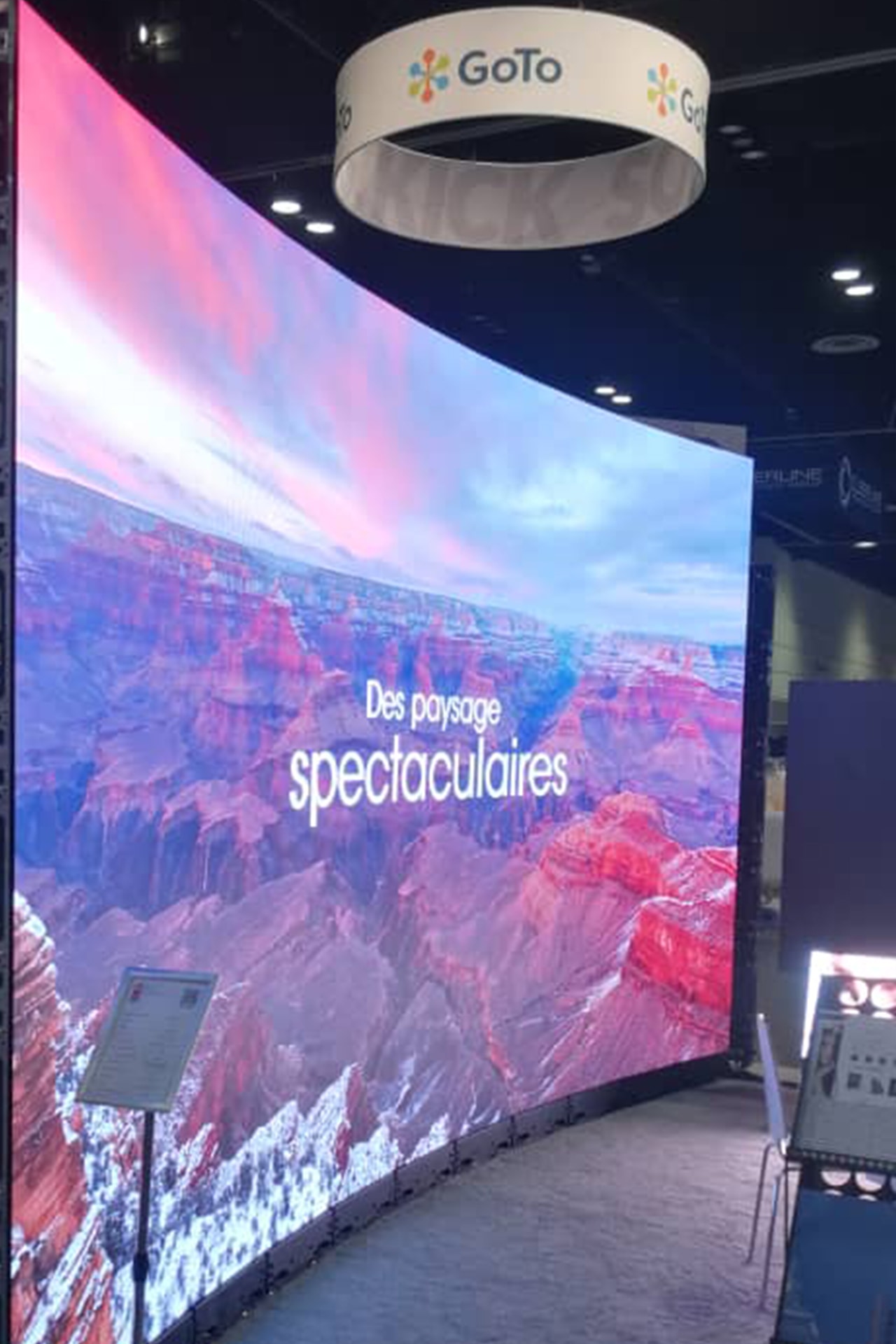Enhancing Visual Effect Through Strategic Material Scheduling for LED Display Execution
Wiki Article
Enhancing aesthetic impact during LED wall performances requires meticulous planning and strategic visual timing. LED walls are potent instruments in graphic storytelling, often used during concerts, gatherings, plus presentations. The efficacy of these displays relies not only on the caliber of the images yet additionally upon the manner and timing they are shown. By understanding the audience's attention span and the rhythm of the occasion, event planners can create a more captivating encounter that enthralls spectators plus improves the total performance.
One key aspect of strategic content scheduling is timing. It is essential to align the visuals to the beat and tempo of the show. For example, in the course of a music show, images should enhance the rhythm and atmosphere of the melody. This alignment aids to forge a unified experience that pulls the audience closer. Additionally, it is crucial to take into account the length of each image clip. Brief, striking clips can maintain viewer engagement, while longer visuals may be suitable for instances of contemplation or sentimental bonding. By altering the duration and vigor of the visuals, organizers can keep the audience engaged throughout the show.

Another important factor is the material itself. The visuals displayed on the LED screen should be relevant to the theme of the performance. This relevance aids to strengthen the message being communicated plus renders the experience more memorable for the audience. For example, if the performance is about ecological consciousness, using visuals that depict nature and wildlife can amplify the narrative. Furthermore, adding lively features, such as animations or interactive graphics, can add excitement and maintain the viewers' focus. The right content, presented at the right time, can considerably elevate the impact of the performance.
Audience engagement is also a click here for info crucial consideration in content timing. Comprehending the characteristics and tastes of the viewers can inform the selection of visuals. For example, a younger audience may respond better to vibrant colors and fast-paced motion graphics, while an mature audience might value more subtle and refined visuals. By tailoring the material to the audience's preferences, event planners can craft a more tailored encounter that connects with spectators. Additionally, adding viewer involvement, such as real-time polls or social interactions, can further enhance engagement and make the show more engaging.
Finally, assessing the efficacy of the content timing is crucial for future performances. Collecting responses from the audience can provide valuable insights into what worked well and what could be improved. This information can help organizers refine their strategies and make informed choices for future performances. By constantly evaluating and modifying the visual timing strategy, organizers can maximize the aesthetic impact of light-emitting diode screen shows plus create unforgettable encounters for their audiences.